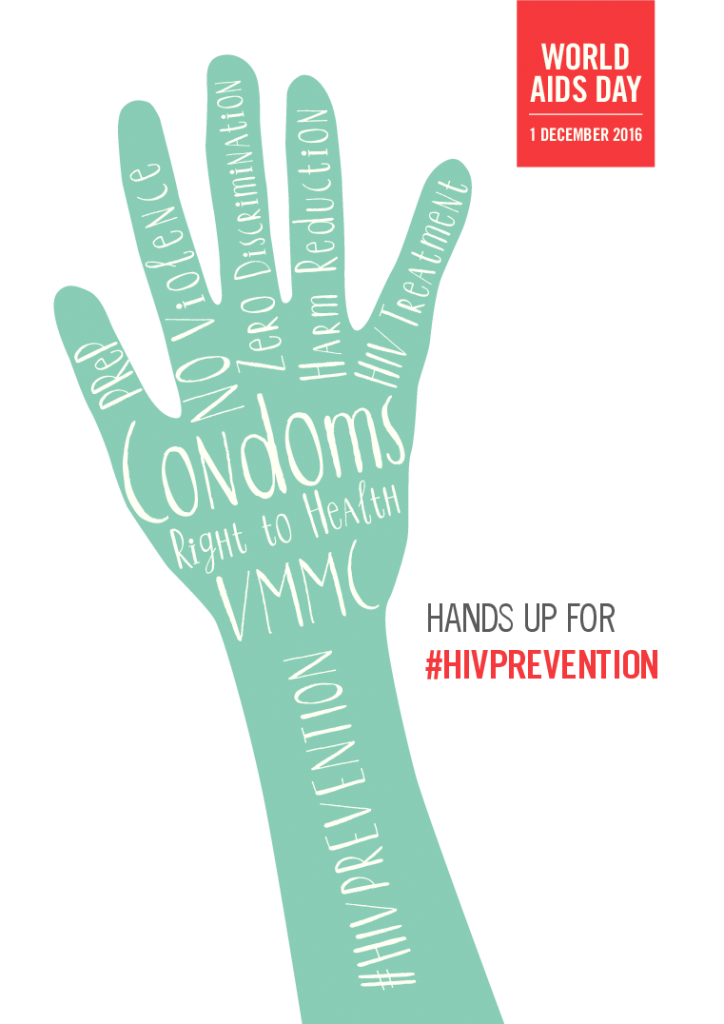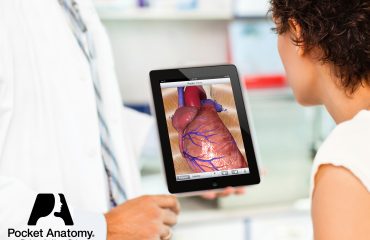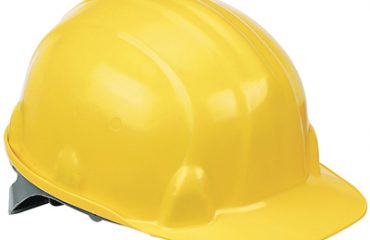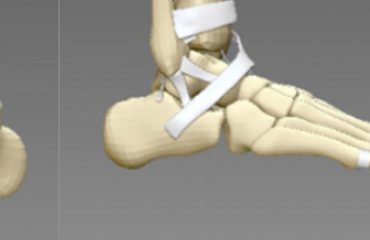Anatomy of the Immune System
The immune system is one of the most complex systems within the human body, made up of both physical structures and processes, comprising a network of organs, tissues, and cells that protect the body from disease and foreign invaders. Its main function is to keep us healthy and prevent illness.
The major component of the immune system is the lymphatic system, composed of the bone marrow, spleen, and thymus gland, as well as the lymph nodes and ducts. In addition, there are specialized blood cells (lymphocytes and leukocytes) that work within the immune system.
The human immune system acts as the guardian of our physical health by providing safeguards to the outside invasion of pathogens, which include viruses and bacteria. Over the past 100 years, many organisms have been recognized by clinical researchers as pathogens, with the ability to cause harm to humans. This has led to the creation of biologics (drugs and immunizations) to fight these invaders at the cellular level.
One of the deadliest invaders of the past 50 years is the human immunodeficiency virus (HIV), which causes acquired immune deficiency syndrome (AIDS), a disease in which there is a severe loss of the body’s cellular immunity, greatly lowering the resistance to infection and malignancy.
Since the late 1970s, more than 70 million people have been infected worldwide, with over 35 million deaths and approximately 38 million living with HIV. The disease has caused both cultural upheaval and economic devastation in many countries.
Currently, the focus is on prevention and early treatment. Every year on December 1, the World Health Organization (WHO) celebrates World AIDS Day, to bring focus to and provide education on HIV and AIDS, its prevention, and the treatment process.
Hands Up for HIV Prevention
As a footnote, the 21st International AIDS Conference (AIDS 2016) will be held in Durban South Africa in July.

The Anatomy of Immunizations
December also gives us National Influenza Vaccination Week in the U.S., which encourages people to be immunized against the influenza virus. In addition to the “flu shot”, there are many other immunizations available to prevent disease, disability, and death from a wide variety of germs (viruses and bacteria).
One of the jobs of the immune system is to protect the human body from outside invaders such as viruses and bacteria. The immune system does this by remembering a germ to which it has been exposed, reacting to it, and destroying it. In the case of communicable diseases (such as measles, mumps, rubella, and polio), the immune system can be primed to remember through an immunization (a shot) instead of the actual germ. An immunization contains killed or weakened parts of the virus or bacteria, thus stimulating the immune system to react to the material to produce antibodies, which in turn will react to the virus or bacteria the next time it is introduced into the body.
National Handwashing Week (December 4–10)
Handwashing has been called a “do-it-yourself” vaccine, for the role it plays in keeping our bodies healthy. And while it seems like a simple act, it can prevent the spread of diseases that could lead to serious disability or death.
The 4 Principles of Hand Awareness
1. Wash your hands when they are dirty and BEFORE eating
2. DO NOT cough into your hands
3. DO NOT sneeze into your hands
4. Above all, DO NOT put your fingers into your eyes, nose, or mouth
Safe Toys and Gifts Month
In 2011, an estimated 262,300 toy-related injuries were treated in U.S. hospital emergency departments—72% in children 15 years old or younger. Sometimes, choosing the right toy can be difficult, and a typical toy store can easily overwhelm even the shrewdest shopper.

When evaluating what toys to buy this year, consider the following:
- Children under three years old tend to put everything in their mouths, so avoid buying toys that have small parts and may pose a choking danger. Look for quality in design and construction, and follow age and safety recommendations on labels.
- Consider purchasing a small parts tester to determine whether small toys for children under the age of three might present a choking hazard.
- Toys with strings, straps, or cords longer than seven inches may pose a risk of strangulation.
- Toys that are constructed with thin, brittle plastic might easily break into small pieces or leave jagged edges.
- Avoid cap guns because the caps can be ignited by the slightest friction and cause serious burns.
- Avoid toys with sharp points or edges, toys that produce loud sounds, or projectiles (such as dart and firing rockets).
- If you buy a bicycle for a child, buy a helmet too and make sure the child wears it.
- Make recommendations to family members and friends about gifts that you feel are appropriate for your child.
- Inspect all toys as much as possible before taking them out of the box. Once opened, go through each part of the toy to make sure there are no small parts that could be choking hazards.
Additional resources:
https://www.healthtradition.com/december-is-safe-toys-and-gifts-month/
https://www.hap.org/health/topic/safetoymonth.php
———————————————
Discover the immune system on our Interactive 3D Human Anatomy and Physiology app.





